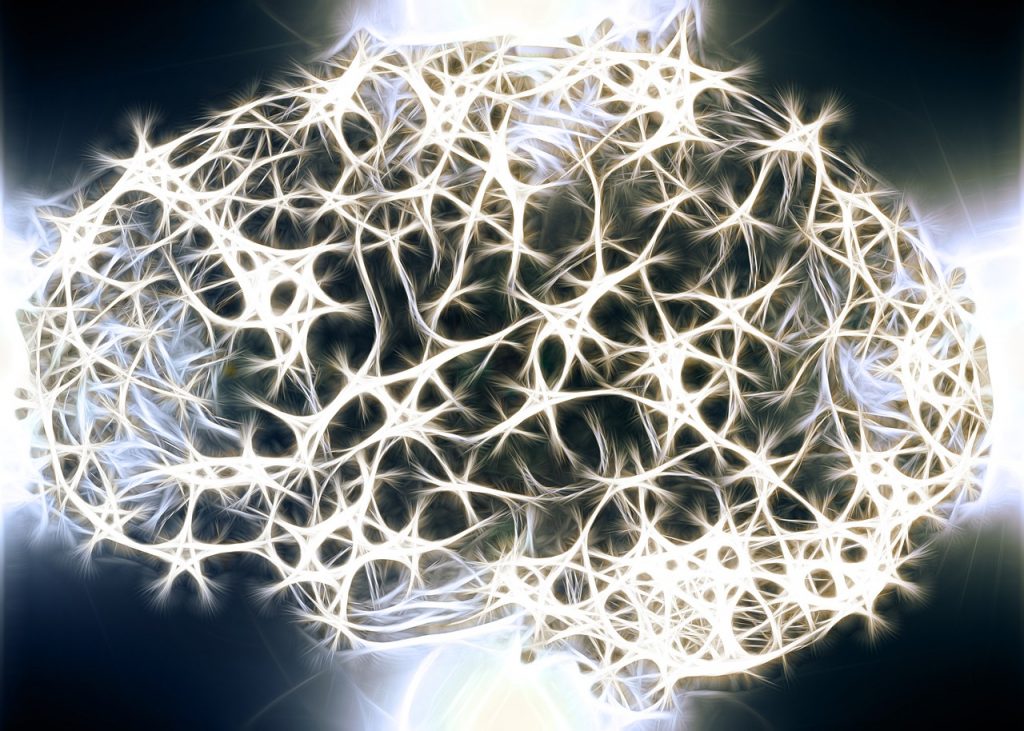From JD Faccinetti – cofounder – Pain, especially chronic pain, is the consummate mind-body disease where sensation and emotion become inextricably intertwined, says the University of California at Davis pain specialist Dr. Scott Fishman.
The aches and pains from acromegaly, and for that matter all pituitary disorder induced joint pain, led to me to do some reading on the science of pain. When pain becomes one of those things you think about every day, it’s time to try to understand what it is and what are the smart things to do to deal with it. If you’re like me, none of the people or resources I’ve consulted have had viable practical solutions. Pain is pain and chances are, unless you are ready to increase your pill intake, which is something I’m not willing to do, the best solutions are probably in your hands and include a mix of diet, physical activity, meditation, relaxation, patients, and most importantly, a very good sense of humor.
If you decide to read more on the subject and do some research you will, no doubt, see an amazing amount of junk, or as we know it today, “fake news”. Well, the pain “industry” is full of fake news. So our advice is simple: stick to science, look at the reputable sources, and try to see a specialist who knows what she or he is talking about.
To help in this area, we’ve compiled a list of articles and resources that are, in our opinion, worth looking at to increase overall knowledge of how pain works and the things you can do to mitigate it.
The article by Dr. Fishman at UC Davis caught my attention because of its connection to, and discussion about neuroscience, and the mind’s ability to give pain and to take it away. The use of functional MRI (fMRI) has allowed researchers to visualize how the brain activates in people with chronic pain or after pain relief. In his article, Dr. Fishman writes, “Research using functional MRI to scan patients in chronic pain or after pain relief has shown that the activated centers of the brain are not necessarily what researchers would expect. The parts of the brain that are consistently activated are less the sensory areas and more the areas tied to emotion, which accounts for the suffering.” Read the article here.
If you are in pain, you are not alone. An NIH study estimates over 25.3 million (11.2 percent) people in the US in pain with 40 million (17.6 percent) reporting severe pain. The NIH report examines the prevalence, severity, and duration of pain. Read more about it here. The original article was in the The Journal of Pain, www.jpain.org, which is published by the American Pain Society, www.americanpainsociety.org.
A recent study in the UK estimated the prevalence of chronic pain (pain lasting more than 3 months) at anywhere between 35% and 51.3%. These numbers come from a review of 7 different pain studies done in the UK. You can read more here.
We also discovered a few interesting blogs. This one, painscience.com, publishes articles and several self-help guides and is constantly updated by the publisher. Another great blog about pain is creakyjoints.org. This is a slick, very professional and well-funded site. I found some of the information very helpful. Creaky Joints is part of the Global Healthy Living Foundation and was founded by arthritis patient Seth Ginsberg.
Dr. Sean MacKey, a Stanford University pain expert, discusses a number of findings and recommendations on pain care, prevention of pain, pain research, pain education, disparities related to pain, and an NIH national blueprint that outlined what needs to happen to actually help people in pain. We recommend you also listen to this podcasts by Dr. Mackey on the use and misuse of prescription opioids
Our friends at Berkeley Wellness published a very interesting article on the breakthrough pain that can occur with many conditions that cause chronic pain. While we may not agree with all the advice here, the article “Dealing with Breakthrough Pain” discusses very helpful ways to deal with it. And this article, “10 Habits for Managing Chronic Pain”, provides very good advice on daily habits that can really help.
For more content on Craniopharyngiomas published on PWN take a look at this link.
Please stay connected to Pituitary World News for more information and resources on pain.
© 2017, Pituitary World News. All rights reserved.
